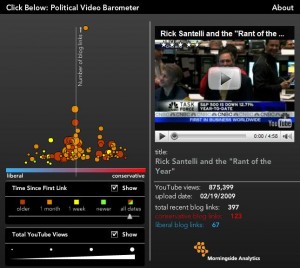Internet Mobs and Freeman Detox
March 13th, 2009 — Chris Van BurenChas Freeman, Obama’s controversial pick for the National Intelligence Council, recently withdrew his nomination after the flurry of protest (and counter-protest) on the web made him too hot to handle. Regardless of how you feel on the issue, I encourage you to read this thoughtful post by David Rothkopf over at FP. Money quote:
I was appalled by the mob mentality generated by the blog debate on the Freeman nomination. It produced some serious misgivings on my part regarding even being involved in the blogosphere because so much of what passes for discourse in this world is undistilled opinion and emotion designed to bind and stir up like-minded audiences. The rest is more like grafitti than thoughtful commentary, designed to leave a wannabe commentator’s mark on the side of a passing issue.
For me, the borking of Chas Freeman illustrates something that goes beyond its own narrow political logic. For a position that did not require Senate confirmation, Freeman was subjected to all the rigors and then some of a politicized Congressional hearing. He was held up, dissected, examined, slandered and defended by a cadre of bloggers, commentators, wonks, pundits and angry voices, left and right.
The sensitive nature of Freeman’s appointment only made the debate more combustible and fervent. Unlike a Senate hearing, he was not given much of a platform to discuss, evade or spin his record. As the pressure of the commentariat’s chorus swelled, Freeman cracked and withdrew. Depending on how you view Freeman, you may be inclined to view this as a triumph either of democratic process or the confirmation of Hamilton’s worst fears of now digital mob rule.





 By now, have seen the YouTube
By now, have seen the YouTube  Click Here
Click Here